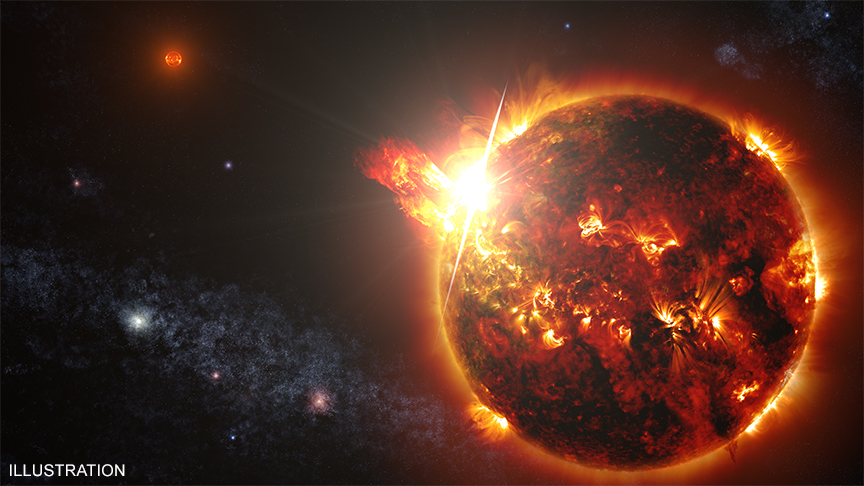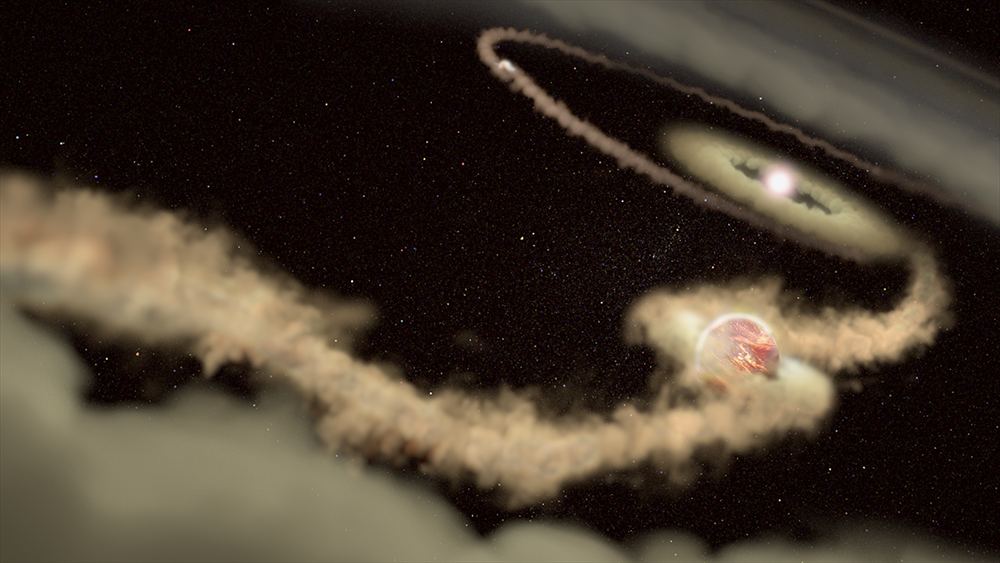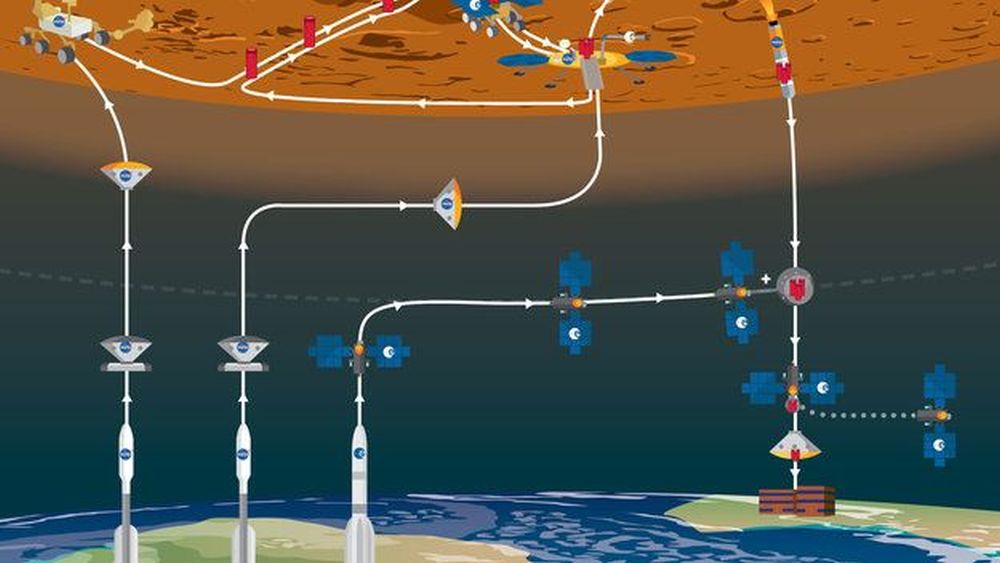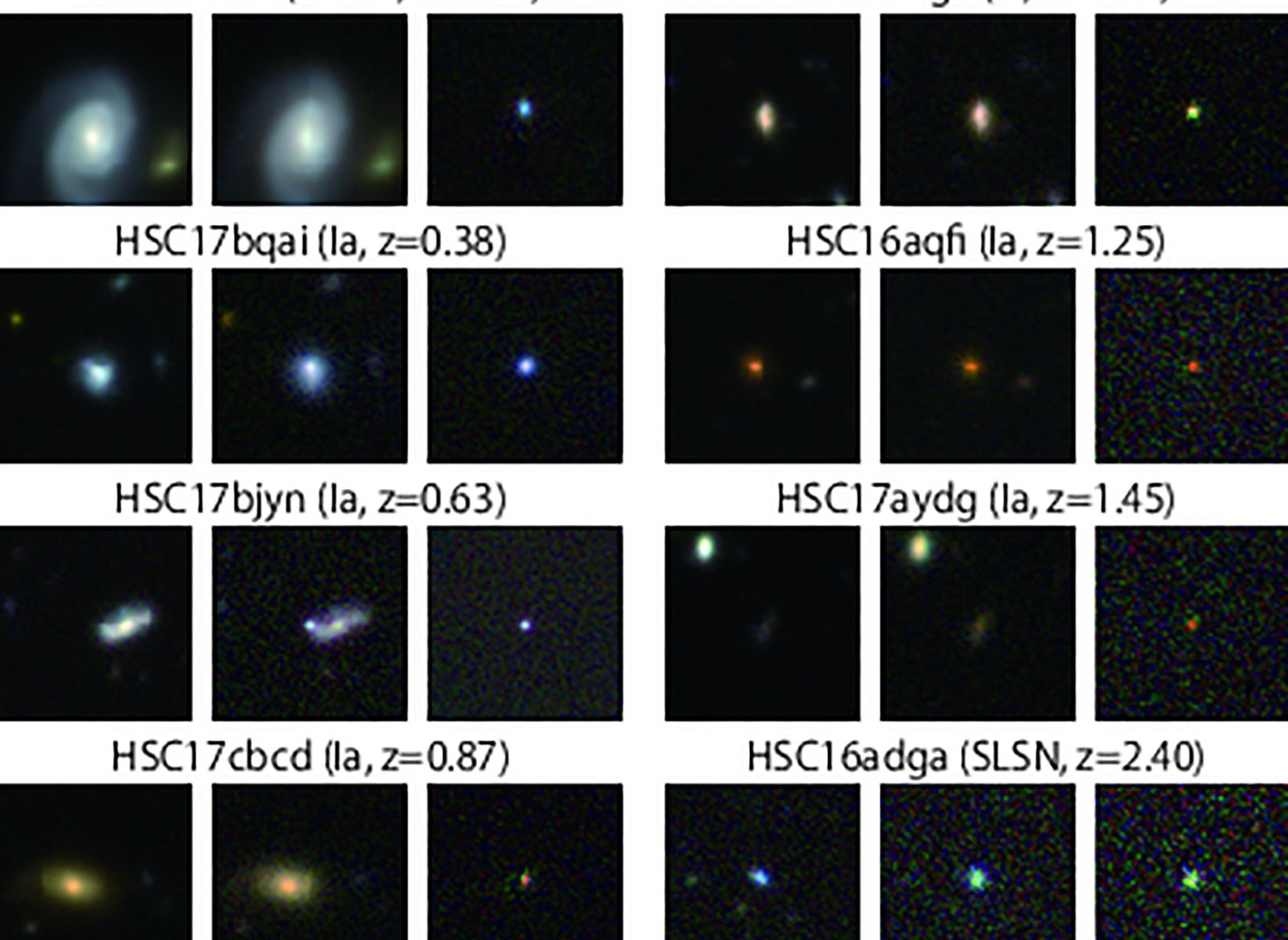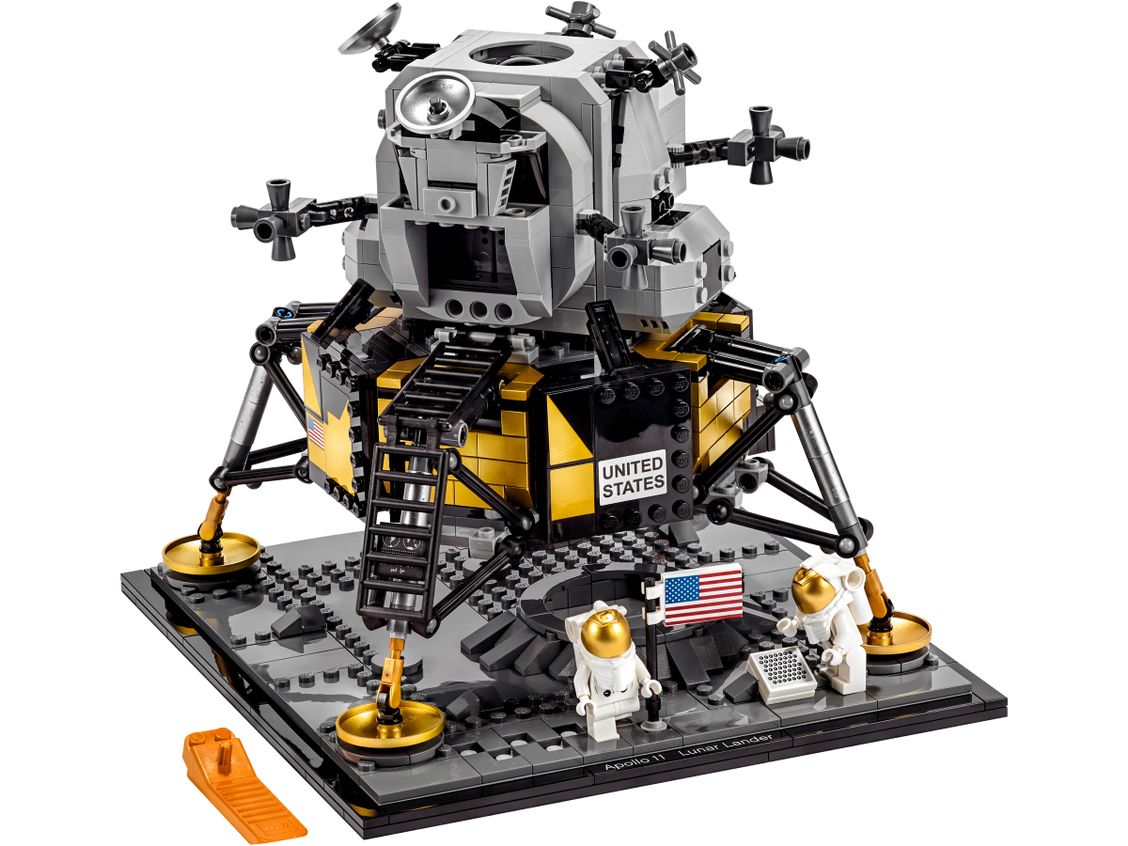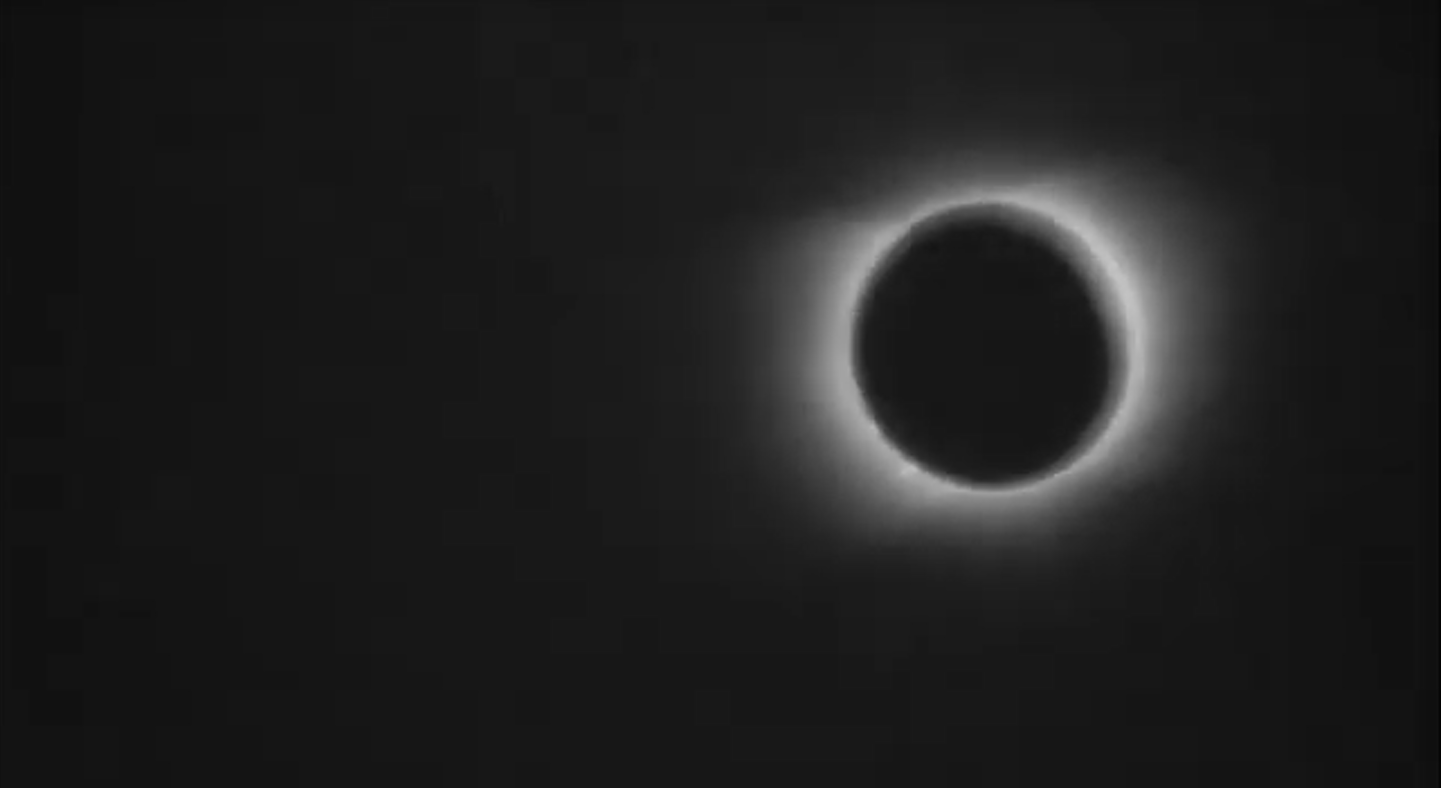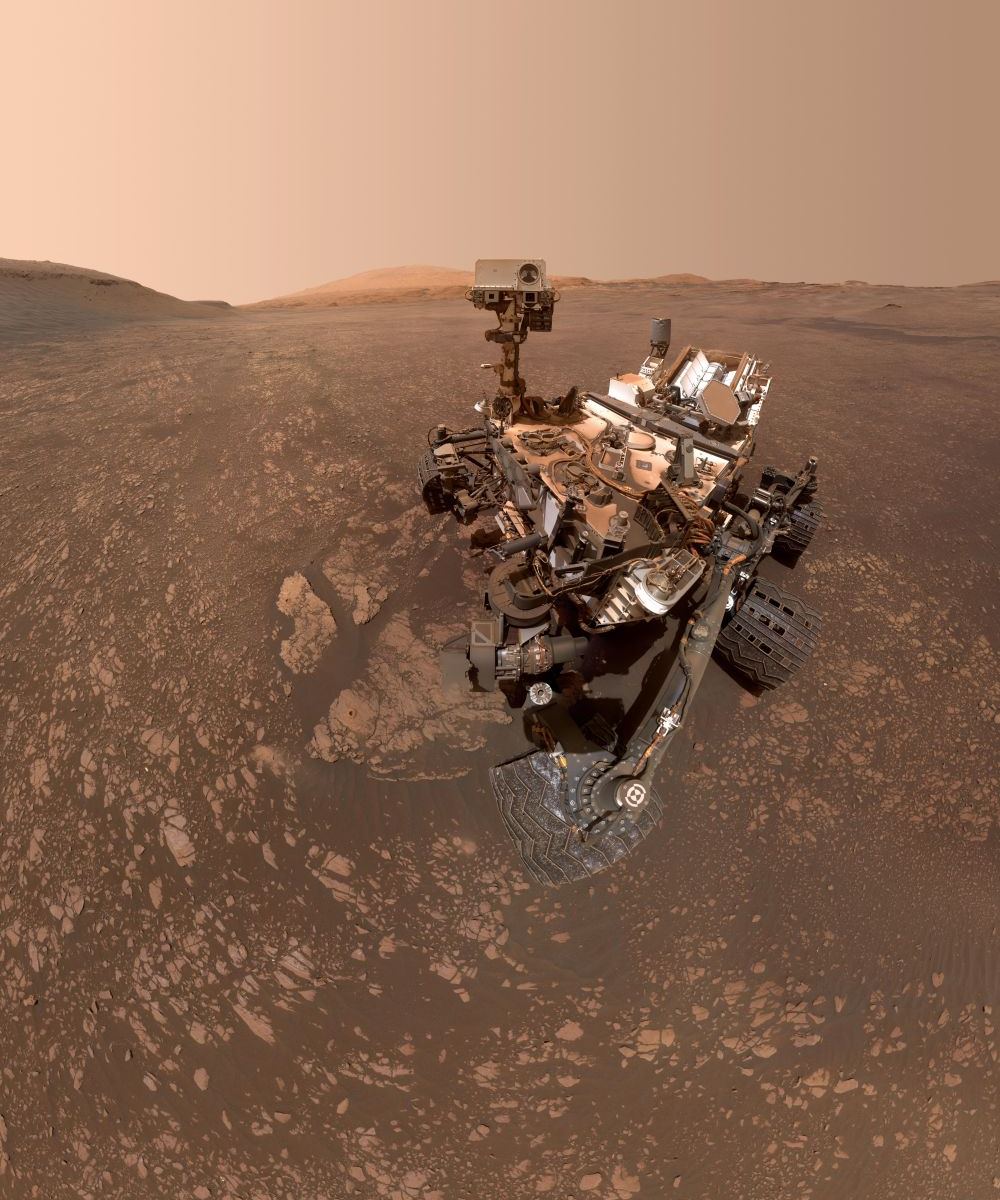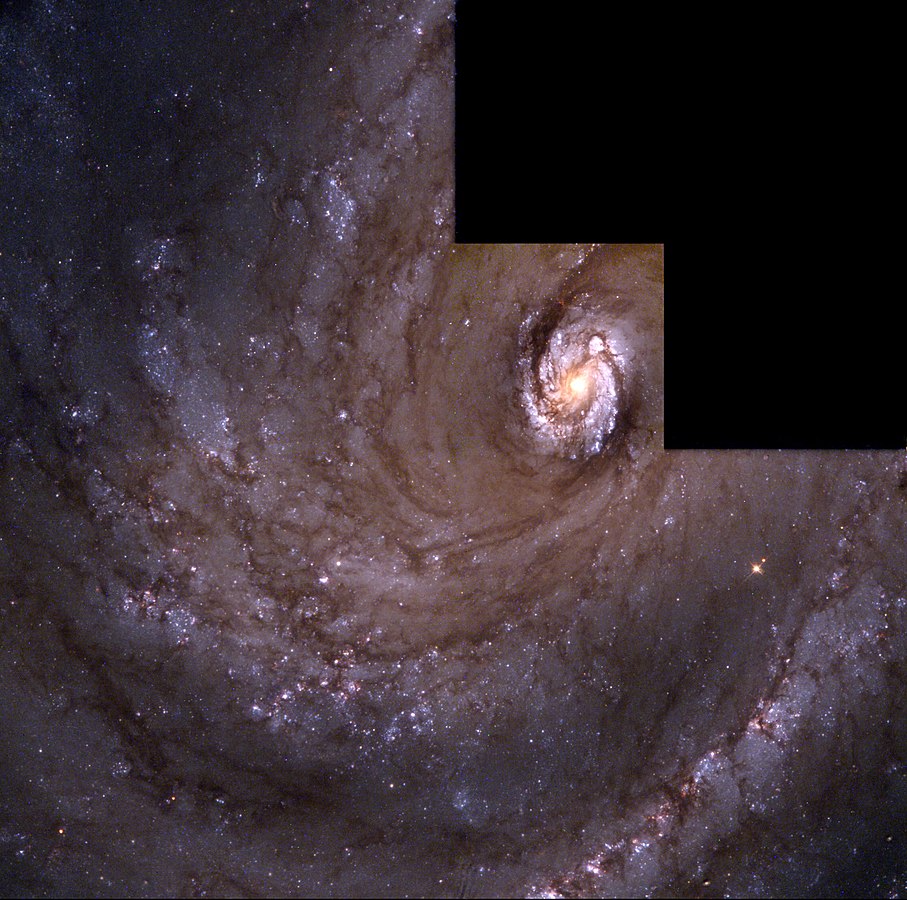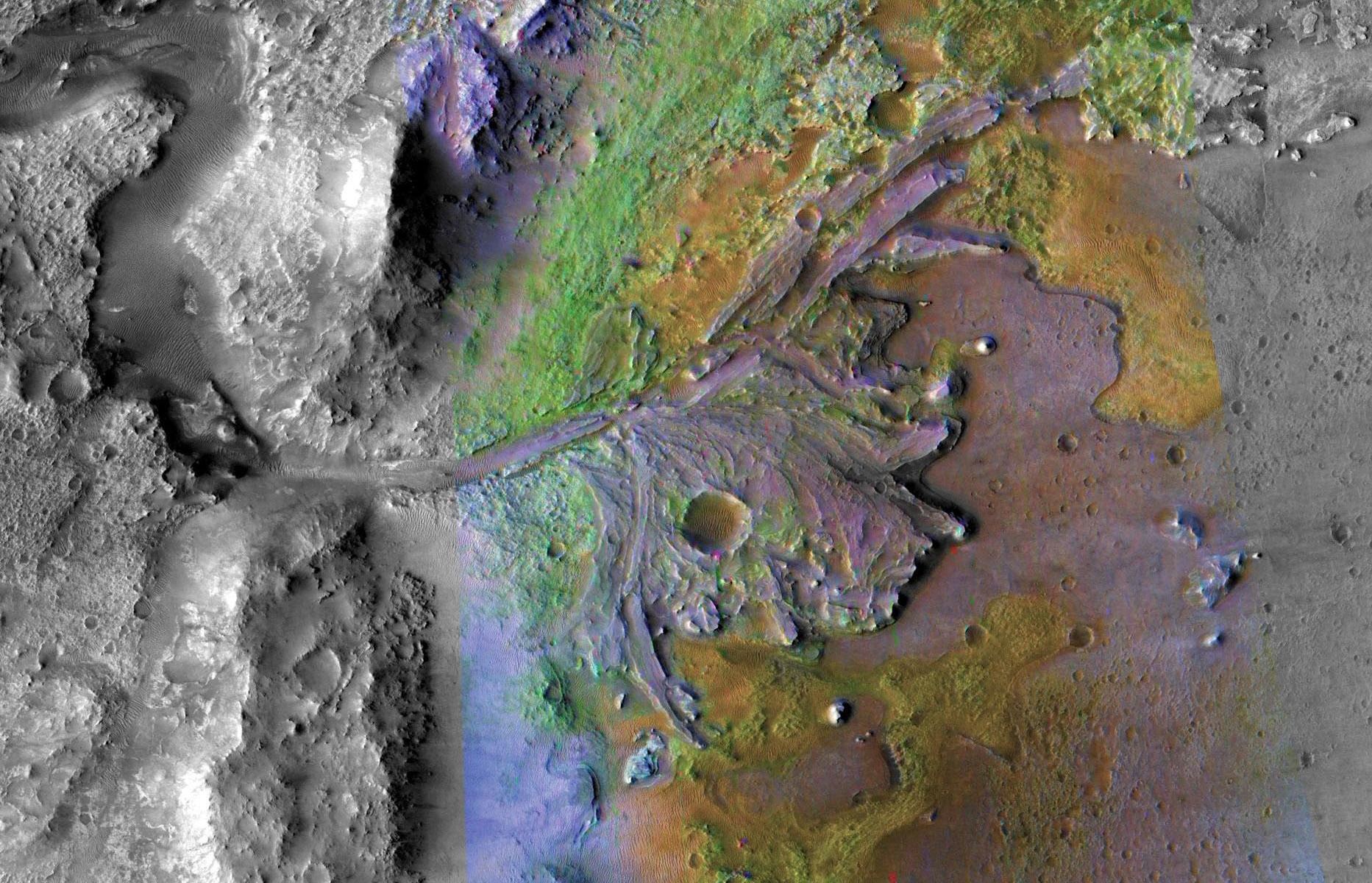For the first time ever, astronomers have witnessed a coronal mass ejection (CME) on a star other than our very own Sun. The star, named HR 9024 (and also known as OU Andromeda,) is about 455 light years away, in the constellation Andromeda. It’s an active, variable star with a strong magnetic field, which astronomers say may cause CMEs.
“This result, never achieved before, confirms that our understanding of the main phenomena that occur in flares is solid.”
Costanza Argiroffi, Lead Author, University of Palermo, and Associate Researcher at the National Institute for Astrophysics in Italy.

